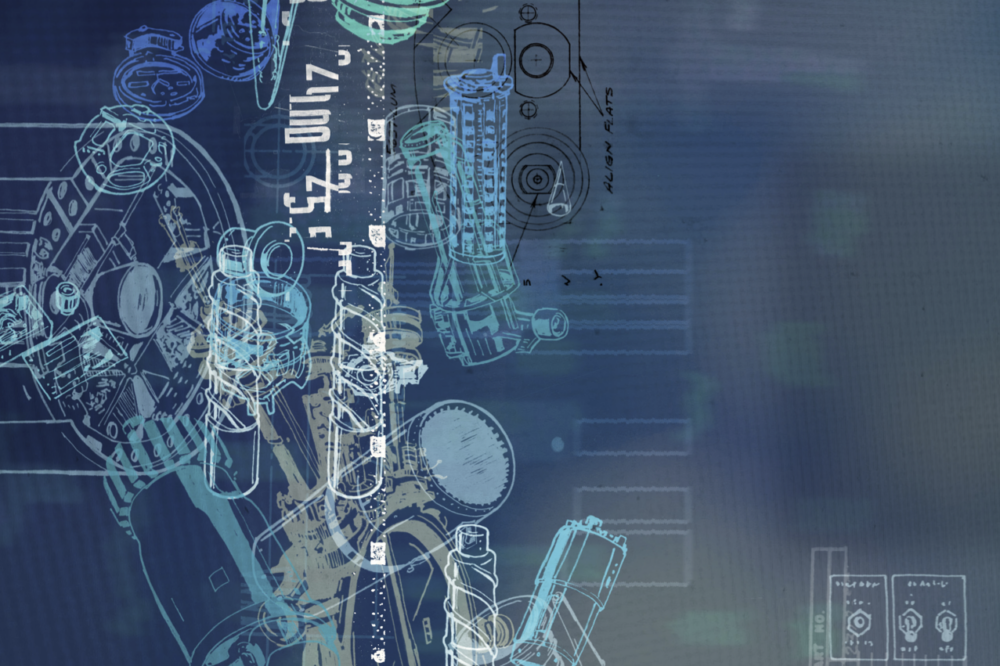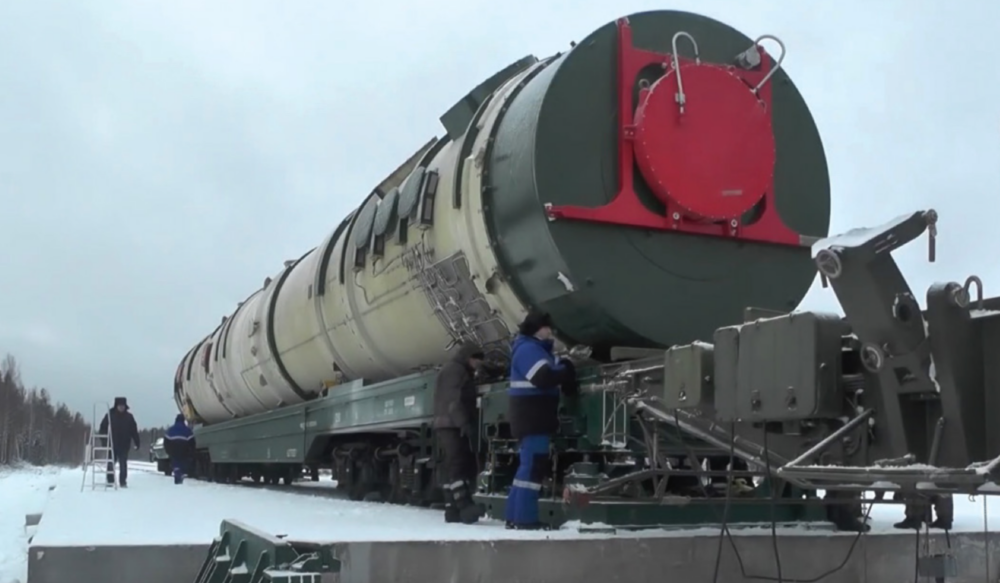
Jeffrey Lewis
Director of the East Asia Nonproliferation Program, The James Martin Center for Nonproliferation Studies
The conclusion from our detective story was that the site in Iran probably does not house a secret centrifuge facility. That we could make such a judgement based on information largely to be found online is surprising, and stands in stark contrast to past experience with sites like Kumchang-ri in North Korea.
Yet perhaps it should not be surprising. Open source information is, after all, just plain information. The case in Iran today is not so different from efforts to map the Soviet power grid in the 1950s. It is just easier with computers and the internet. What is different is that there is more information today, because the cost of collecting, storing, sharing and analyzing it has dropped dramatically. Our social lives have moved online because it is a more efficient way to curate and share our experiences.
The same technological advances have made satellite images widely available, allowed the development of computer-aided modeling, imprinted images and videos with metadata, and resulted in the widespread use of civil data. In short, they have changed every feature of our everyday life. It is not surprising they would change how we study national security problems as well.
Your are currently on
Sign up for our newsletter to get the latest on nuclear and biological threats.
With the Center for Advanced Defense Studies, NTI demonstrates the viability of using publicly available information and machine learning to detect nuclear proliferation.
Progress on nuclear arms limitation and reduction is at risk, learn more and dismantle a nuclear weapon in augmented reality. (CNS)
The first detailed, exclusively open-source assessment of the five new nuclear weapon systems announced by Russian President Vladimir Putin in 2018

